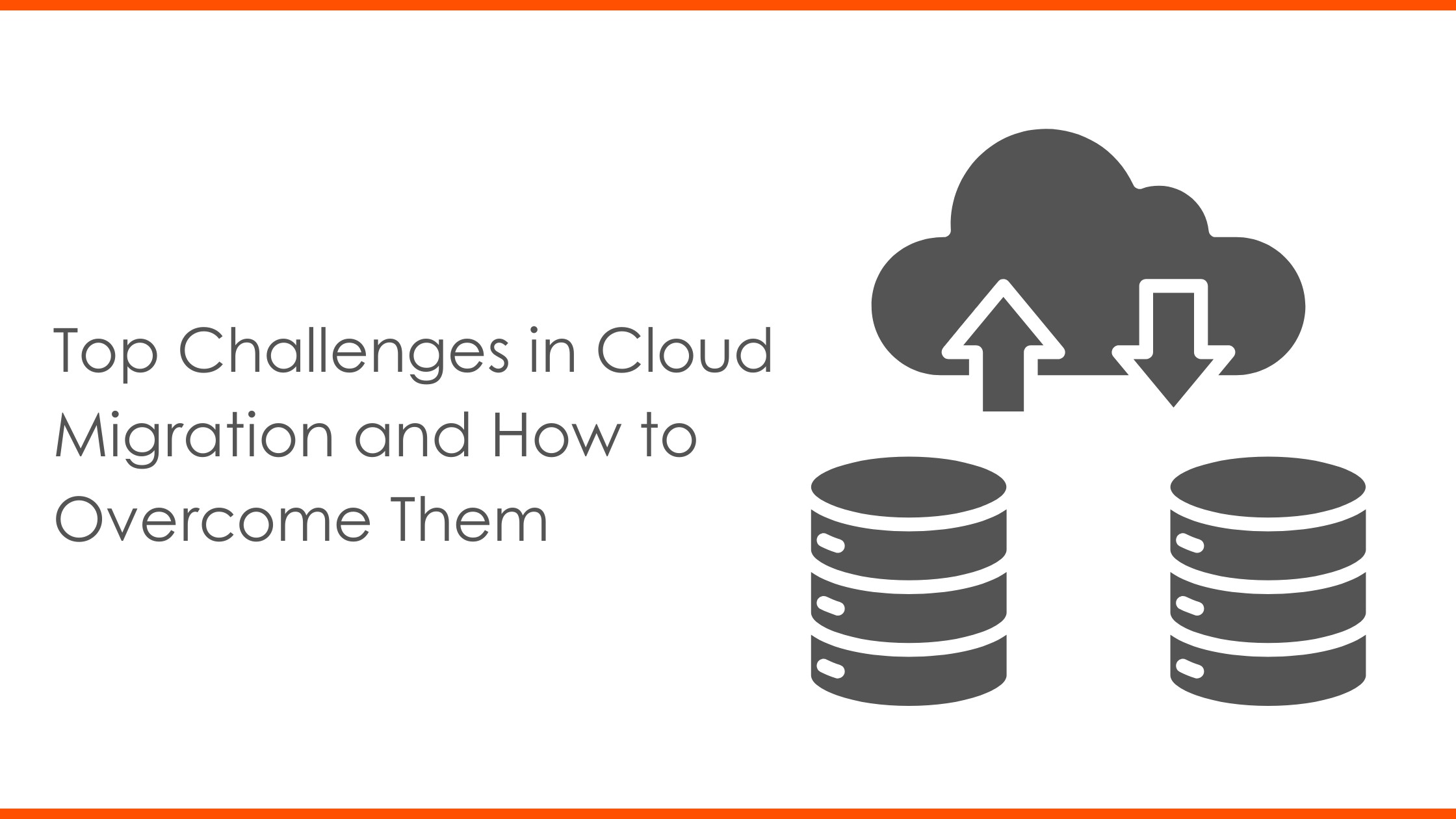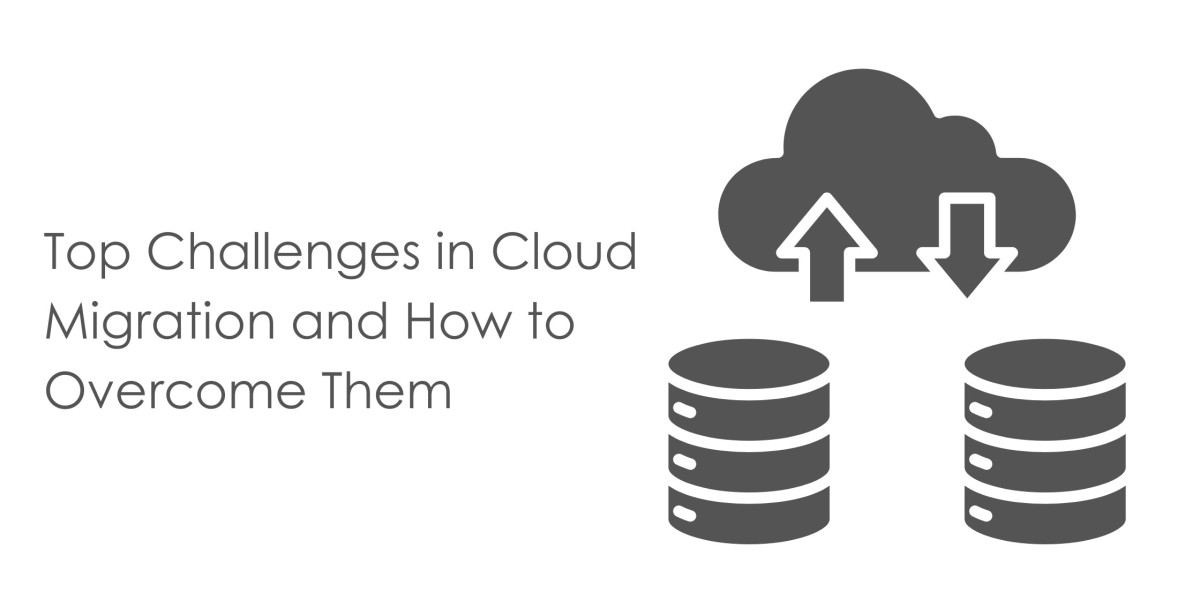
Cloud migration offers numerous advantages, but it also presents a unique set of challenges. From security and compliance issues to data integration and unexpected costs, migrating to the cloud requires careful planning and execution. In this blog, we’ll explore the common challenges businesses face during cloud migration and how Cloud Migration Services can help overcome them.
Challenge #1: Data Security and Compliance
One of the biggest concerns for businesses migrating to the cloud is data security. Ensuring that sensitive data remains protected during migration and once it’s in the cloud is critical. Additionally, businesses must comply with industry regulations such as GDPR or HIPAA, which adds complexity to the migration process.
- Solution: Professional Cloud Migration Services often include robust security measures, such as end-to-end encryption, multi-factor authentication, and compliance monitoring. These services ensure that your data is secure during migration and meets all regulatory requirements.
Challenge #2: Managing Costs
While the cloud offers a pay-as-you-go model, costs can quickly add up if not managed carefully. Unforeseen expenses can arise from data transfer, storage, or the need to scale resources unexpectedly.
- Solution: Conducting a thorough cost assessment before migration and setting budget limits can help control spending. A reliable cloud migration partner will guide you on how to optimize resources to avoid unnecessary costs.
Challenge #3: Minimizing Downtime
Downtime can disrupt business operations, resulting in revenue loss and customer dissatisfaction. Ensuring minimal downtime during migration is crucial, particularly for businesses that rely on 24/7 operations.
- Solution: The right Cloud Migration Services will implement a phased migration strategy and use backup and failover solutions to minimize disruption. This ensures that business operations remain as seamless as possible.
Overcoming the challenges of cloud migration requires a proactive approach and strategic planning, especially when dealing with complex systems. For instance, data consistency can be a significant hurdle during migration, particularly for businesses with large, interdependent databases. Data synchronization methods like change data capture (CDC) or real-time replication tools ensure that no data is lost or duplicated during the transition. Partnering with Cloud Migration Services that specialize in complex migrations can help address such challenges effectively. Furthermore, businesses must prepare for potential compatibility issues that may arise between on-premises systems and cloud-based applications. This requires thorough testing in a staging environment to detect and resolve issues before going live. Additionally, businesses often need to retrain their teams post-migration to manage and operate cloud-based systems effectively, which can be a considerable undertaking. Quality migration services often provide resources or training for teams to ease this transition. With the right strategies and support, businesses can not only overcome migration challenges but also ensure a smooth integration that leverages the full potential of the cloud for enhanced operations and productivity.
Conclusion
Migrating to the cloud presents challenges, but with a knowledgeable partner, these obstacles can be effectively managed. By using expert Cloud Migration Services, businesses can overcome data security concerns, control costs, and minimize downtime, making the transition to the cloud a smooth experience.



